Elena Penna: Old School Italian Gin And Vermouth
by Ken Gargett
The best laid plans . . . I have, for some time, been keen to do a thorough examination of the Martini. Sounds simple? I have files of information about Martini so large that they make ‘War & Peace’ look like a limerick. Then I decided that perhaps I should first do a bit of an investigation into vermouth. We all know of vermouth, but really, what do we actually know about vermouth?
So far, so good.
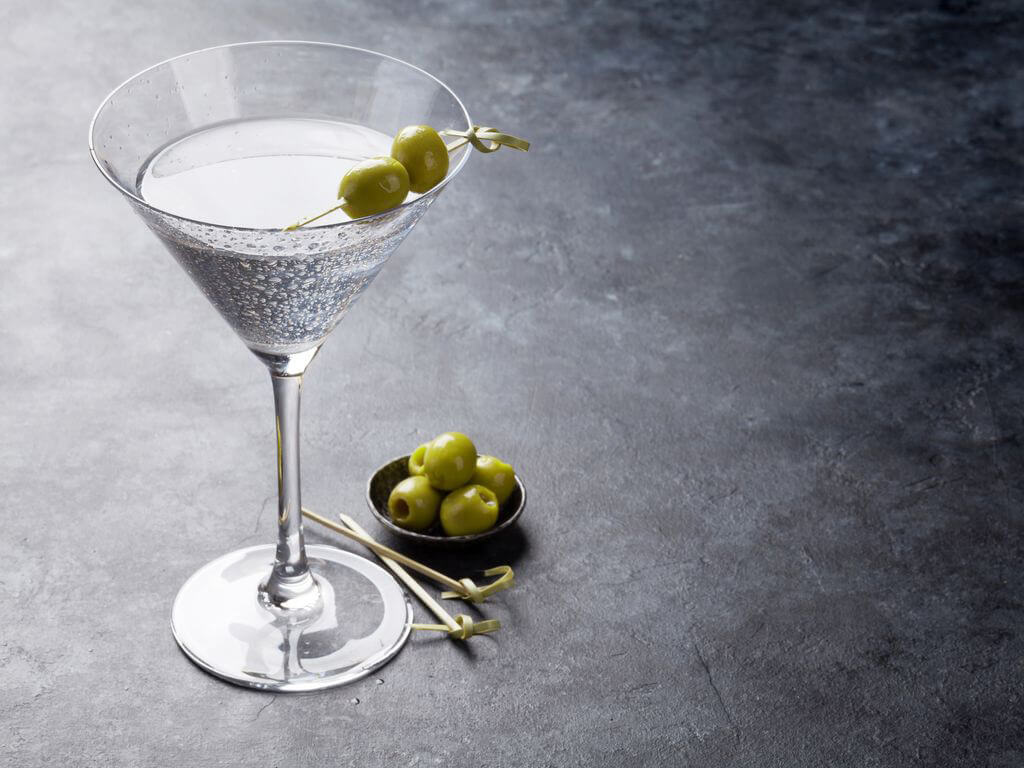
Dry Martini (photo courtesy www.1001cocktails.com)
Talking to a friend who brings in some of Italy’s finest wines and more, she mentioned that the team at the brilliant Piedmont winery, Vietti, do more than Barolo. They have been making both gin and vermouth as well. Given that the Vietti wines are always spellbindingly good, I thought that this was a perfect focus.
Then I woke up to the news this morning that Vietti’s winemaker, Luca Currado and his wife, Elena Penna, had moved on. Sure, winemakers change positions regularly, but this was rather shocking as Luca is a fifth-generation member of the Vietti family. So that threw my plans into a little chaos, until I was reassured that in fact, the gin and vermouth project, more Elena’s work than that of Luca, would remain very much theirs and that it would even receive more attention.
So it seems that even if it was a very roundabout route taken we have managed to get to the right place.
First, Vietti. Founded back in the late 1800s, Vietti has long been one of the most respected producers of Barolo, making exceptional wines. They were involved with the early work in single vineyard Barolo, making seven examples. I have met Luca on a couple of occasions and you would not find a nicer, more generous person, one who was obviously proud of what he had achieved but without taking it all too seriously. He was great fun to spend time with and chat about Barolo or anything else.
Just one month ago, the respected wine site, Vinous, named Vietti as their ‘Winery of the Year’ for 2022. This was especially impressive as there have been changes, which make the recent news of Luca and Elena’s departure a little less surprising than one might think. In 2016, American billionaire, Kyle Krause, purchased the estate.
Apparently, there were a number of members of the family who were co-owners who wanted out so the company was sold, but Krause was very happy to have Luca and Elena remain in charge and they did a great job. I believe sales tripled in the short period since the purchase, not least because of the Krause investment, which Luca was quick to praise. Notwithstanding all that, the couple felt the time had come for them to hand over the reins and look to other projects. Luca is already consulting at some top wineries and will no doubt be in demand.
While continuing with their work at the winery, the couple also established a smaller, niche business producing spirits. Elena came from a family with a history of running bars, and Luca’s grandfather had a strong interest in spirits as well, so it was a natural fit. The couple now has the time to expand on this work.
Unlike so many other takeovers, sales and resignations in the wine industry, this one seems to have been completely amicable on all sides (although how relations are amongst the siblings, having forced the sale, might be a different story, but that is pure speculation).
Vermouth. Yes, no doubt I will go into much greater depth when I get to the martini piece (I know, it is still coming, but don’t hold your breath just yet). The ‘Oxford Companion to Spirits and Cocktails’ by David Wondrich and Noah Rothbaum (my new favorite book), describes vermouth as ‘a class of aromatized, fortified aperitif wine with close ties to cocktail culture’. So, fortifieds heavily influenced by botanicals, herbs and spices (some see the latter two as subsets of the former).
The name comes from wormwood and many believe that any serious vermouth must see wormwood play a role. The list of herbs and spices and aligned matter used in various vermouths is far too extensive to detail here. It is pretty much anything goes if the distiller is good enough to handle it.
Today’s vermouths date back to the 18th century, largely from Piedmont and Savoy, with the Kingdom of Sardinia joining them, although versions are believed to have existed in China at least 3,000 years earlier. Vermouth was first commercialized in the late 1700’s. Some years later, brands we might know today, such as Cinzano, emerged, though it took many years before they became anything more than regional products. In earlier days, many believed that vermouth was a form of medicine or tonic.
To digress, a little while ago, I ducked into a bottle shop to pick up a bottle of vermouth while passing through an area that looked more likely to stock beer and cheap rum. The attendant was polite but shook her head and told me, ‘nah, mate, we don’t carry that sort of fancy stuff. but we do have a bottle of Cinzano that might be a little bit like it. I quickly grabbed the Cinzano.
In the years that followed, Noilly Prat brought forth their lighter and drier French version. While a number of the originals still do well, many regions now produce their own. Popularity has waxed and waned, but the cocktail market has underpinned the product. When you are an essential component of the world’s most famous cocktail (and more than a few others – Manhattan, Rob Roy, Negroni…), your future is largely assured.
As well as sweet and dry styles, there are others – red, rose, amber and more. Vermouth is usually used in cocktails, but drinking it neat is not unknown, though this tends to be more of a southern European thing. It is also a product often used in cooking and as a marinade. White vermouth is usually drier in style, and red, sweeter, but this is not a rule enshrined in stone. Some vermouth producers will finish theirs by aging, for weeks or months.
Gin. Well, we have covered gin more than enough to rehash here. Which brings us to our featured gin and vermouth from Elena Penna.
Elena Penna
The Elena Penna Gin, in 700ml bottles (A$80), is a small batch product using botanicals and herbs from the Langa hills and the Alps in Piedmont. Elena’s Batch No 1, the one with which we are concerned, was just 2,640 bottles. The team use only pure wheat alcohol, avoiding alcohol from fruit or molasses. They restrict themselves to pure sugar, not glucose syrup. Filtration is only cold and paper filtration, no synthetic adhesives, artificial filters or carbons.
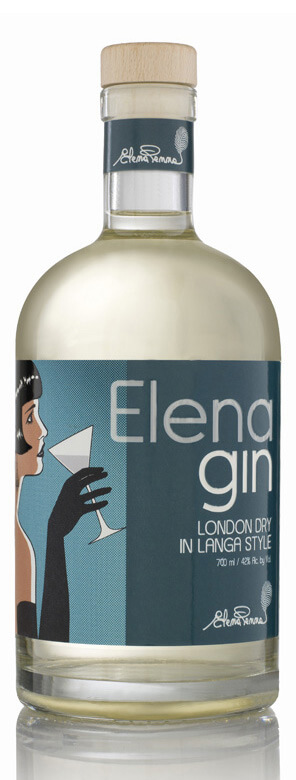
Elena Penna Gin
If we look at the specific botanicals, we have juniper berries from the Alps in Piedmont, as well as almonds, Langa thyme and coriander seeds. They also incorporate ‘black elder flowers from the Langa, Angelica flowers from the Alps, wild mountain mint, wild chamomile, cassia bark, lime peel, bitter orange peel, the flowers of various citrus fruits and…’. Everything is natural and all picked by hand.
The batches are distilled in-house, using two 18th-century wood-fired copper stills. “In the traditional one-shot production process, the botanicals are distilled together with the spirit, while the herbs undergo infusion and percolation only once”. This is an artisanal gin, made in the ‘Classic London Dry Gin style’, but as they say ‘made with Langa flair’.
For their vermouths, as they do make more than just one, Luca and Elena have a strict focus.

Elena Penna Vermouth di Torino NV. Rosso
The Elena Vermouth di Torino NV (which comes in one-liter bottles for around A$70), uses Nebbiolo wine as the base. It has an infusion of some 30 different botanicals and herbs from the region. They claim an old family recipe – to be honest, usually when I hear this, my eyes glaze over wondering how much more marketing speak is headed my way, but in this case, five generations probably give them a pass on that. All botanicals are finely crushed and then undergo a three-week cold extraction. Eventually, the extract is mixed with the Nebbiolo, alcohol and sugar. Aging is in stainless steel, but first, the vermouth is stabilized with refrigeration and filtration. Aging takes around seven weeks. The final alcohol level is 18%.

Elena Vermouth di Torino Superiore Rosso Limited Edition RAV2018
Their premium vermouth is the Elena Vermouth di Torino Superiore Rosso Limited Edition RAV2018 (750ml bottles for around A$85). This is the first premium release (the 18 reflecting the vintage of the base wine). Elena and Luca went all out with this vermouth. The base wine is from one of their leading single vineyards, Ravera, from Novello (75%) with the remaining 25% from their famous Roero Arneis. It raises an interesting question of economics, given that a similar-sized bottle of that Barolo would cost around A$450. Fortunately, that is not an issue I have to resolve and can just be thankful we have both.
The process of production is that the herbs and botanicals, as good as they can source, are macerated in alcohol and then added to the base wine in a process called ‘one-shot’. Basically, they are infused and macerated just once, as this gives the most intense version of the aromatic properties as is possible. The herbs and spices are a little more ‘international’ here. Gentian and absinthe, are hand-harvested from small sustainable growers, from the Alpine areas of the Cuneo Province. They incorporate citrus fruits, including citron (described as something akin to a large rough lemon), which hails from the botanical gardens of Lake Maggiore. Chinotto comes from Savona on the Ligurian Riviera. They also use non-local flavorings: rhubarb, cloves and vanilla from Polynesia.
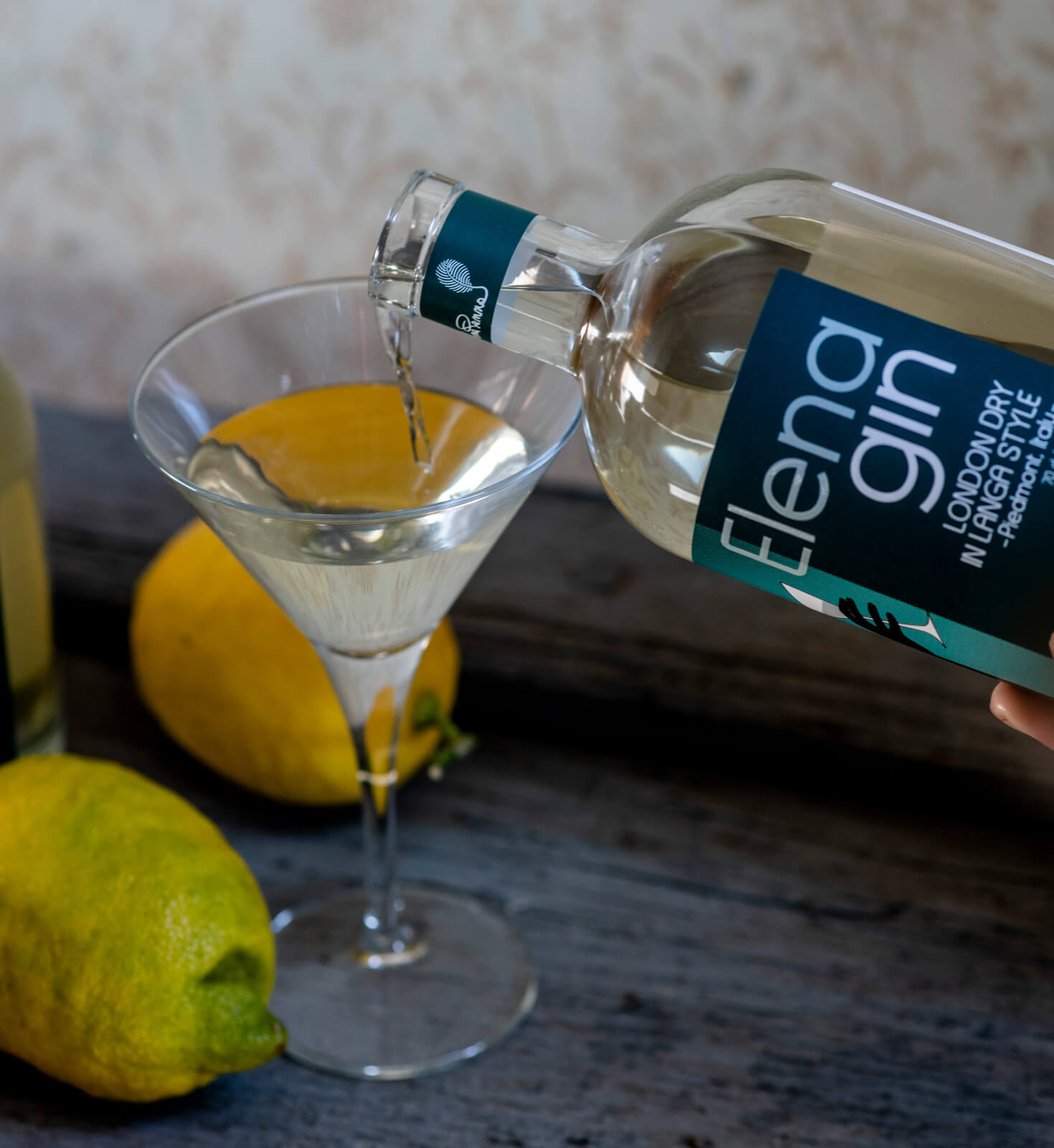
Elena Penna Gin
Tasting notes
Elena Penna Gin – This is a classic dry gin with enticing aromatics. Juniper to the fore, no surprise there. There is also a pleasing smokiness, and one can see how this would make it ideal for certain cocktails, or for fans of Islay whiskies looking for a different path and slightly less obvious focus. Good florals and citrus and a very long palate.
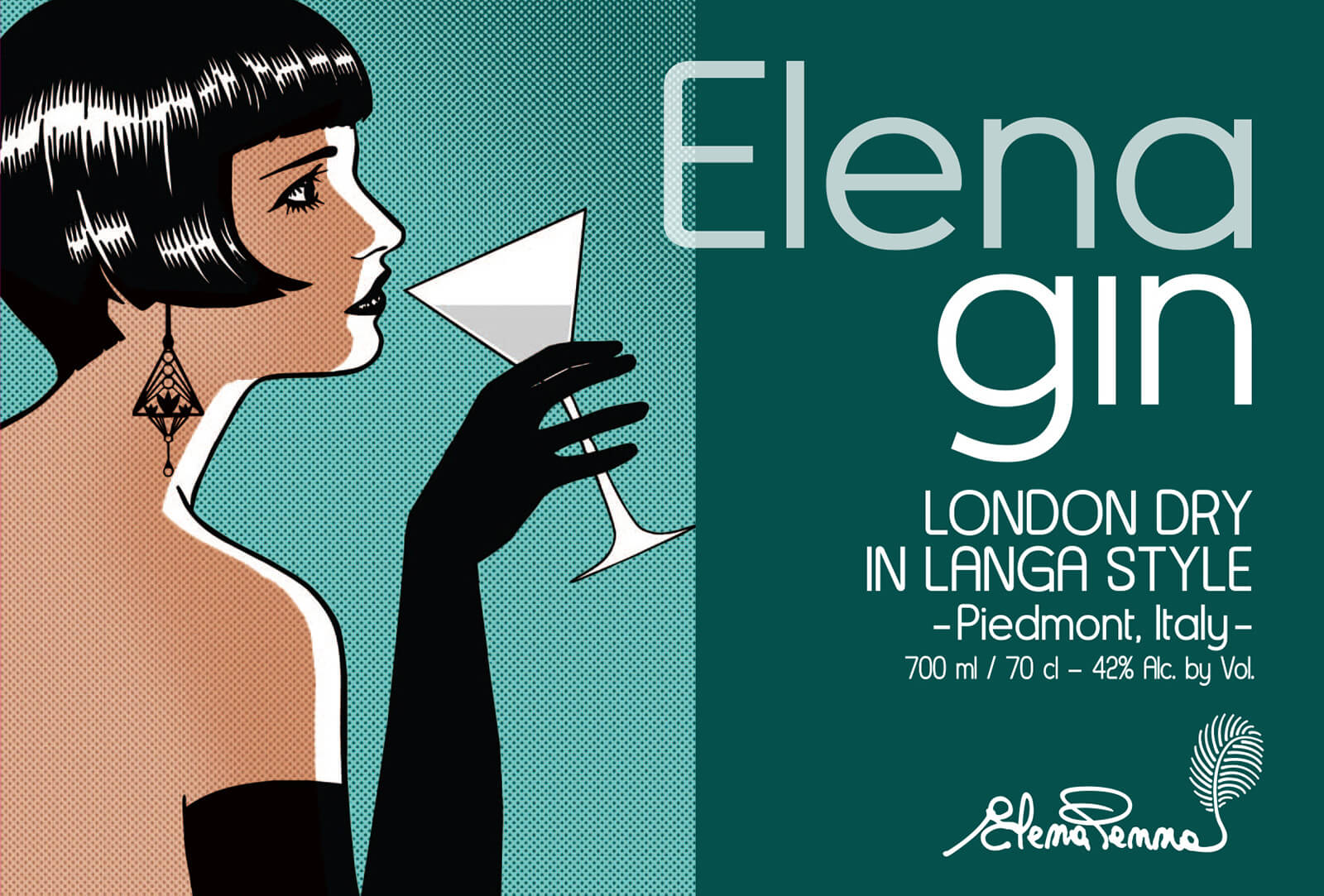
Elena Penna Gin label
This is richly flavored and certainly no shrinking violet style of gin. A cracker, but it is worth being a little wary. The powerful aromas and flavors might overwhelm some cocktails or even your basic G&T if you use too much. Indeed, I’d be going for a rather neutral style of tonic, as otherwise, its subtleties might be lost.
Elena Vermouth di Torino NV – Bronze mahogany in color, this is a fresh and exuberant style of vermouth, florals to the fore here. There is note of orange rind, a hint of aniseed and almond bitterness on the conclusion. Cinnamon and a slight gingery note seem prevalent also (I have no idea if there is any ginger in this vermouth, but it gives the impression of a little).
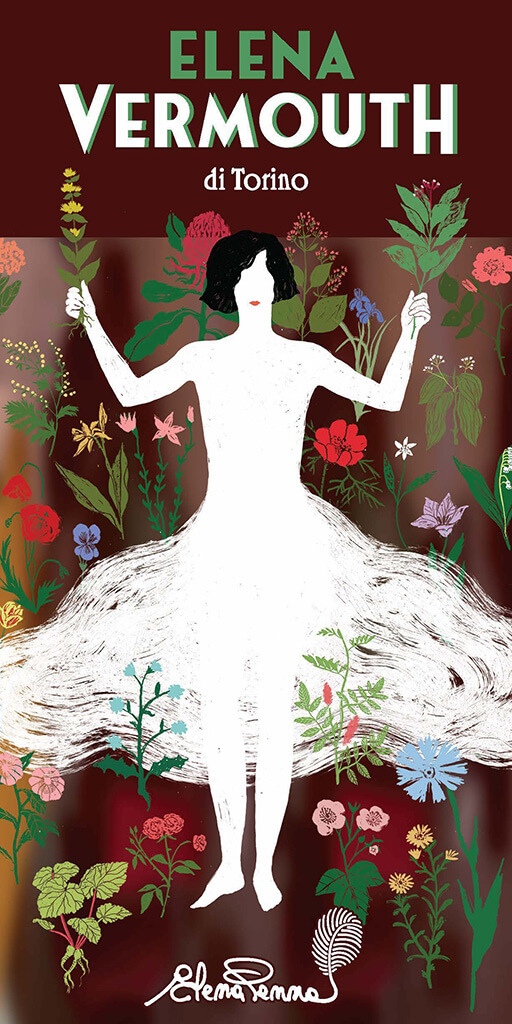
Elena Penna Vermouth di Torino NV. Rosso label
Delicious. Yes, I know it should be used in cocktails, but a glass with an ice cube or two would not be the worst crime the planet sees this year. There is a gentle sweetness on the long finish. A quality vermouth and at this price, worth a bottle or two.
Elena Vermouth di Torino Superiore Rosso Limited Edition RAV2018 – This is nothing like that bottle of vermouth that sat at the back of your parents’ cocktail cabinet for decades (well, your parents may have got through theirs quicker than mine). Deep teak in colour. This is much more refined, more ethereal and elegant than the NV.
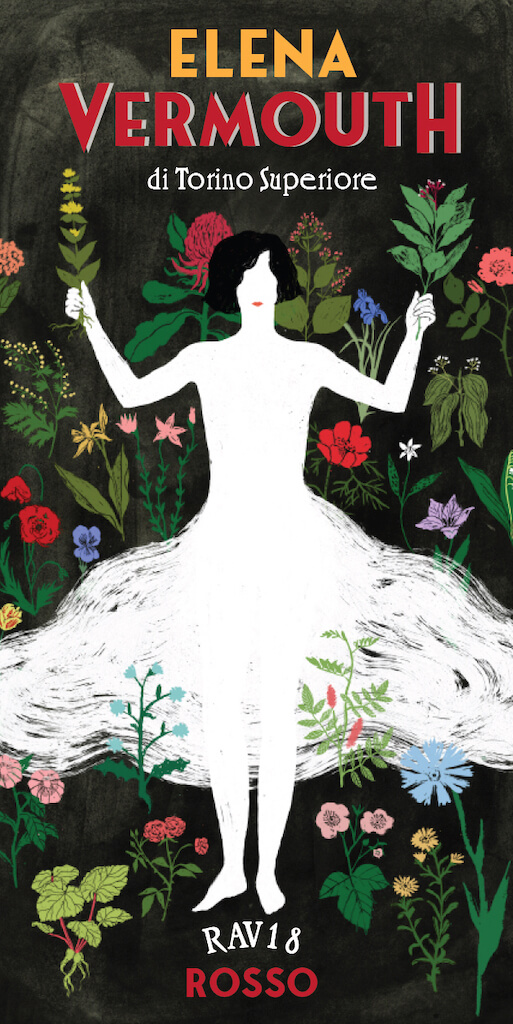
Elena Vermouth di Torino Superiore Rosso Limited Edition RAV2018 label
Focused, with hints of vanilla pod, cinchona/tonic notes, almonds, cold tea and cloves. There are raspberries here too. Excellent balance and length, with the slightest sweetness exhibited on the finish, which is clean and without any hint of cloying. This is a fine vermouth, worthy of drinking on its own. Great stuff.
For more information, please visit https://www.dallaterra.com/producer/elena-penna
You might also enjoy:
Monkey 47 Gin: From Failed Watchmaker To Making One Of The Best Gins In The World
In Praise Of Great Mezcal: All Tequila Is Mezcal, But Not All Mezcal Is Tequila (And Avoid The Worm)



Leave a Reply
Want to join the discussion?Feel free to contribute!